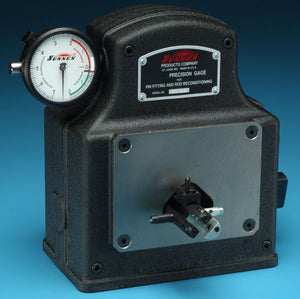Taking the Grind Out of Piston Ring Fitting
We're getting close to the end of our series on Rod & Piston Work. So far we've talked about Connecting Rod Basics, Measuring, Machining and Removing & Installing Pins and Bushings. In this edition of Tech Notes, we'll be looking at Piston Ring Fitting including a video about the Goodson Powered Piston Ring Filer.



